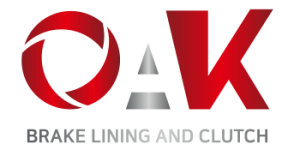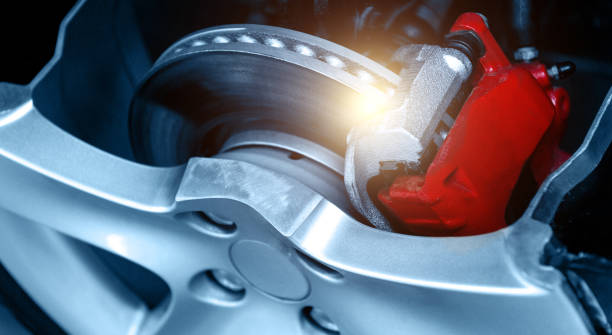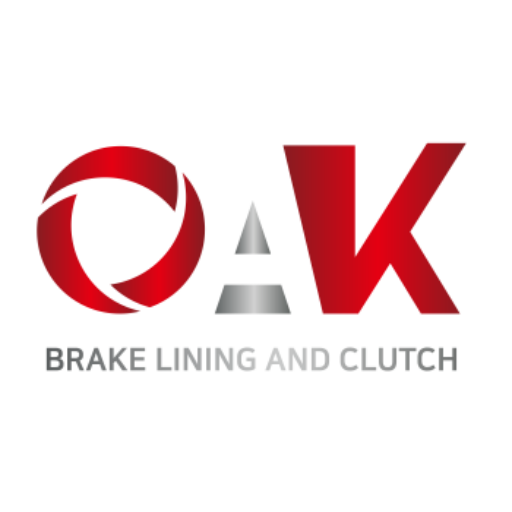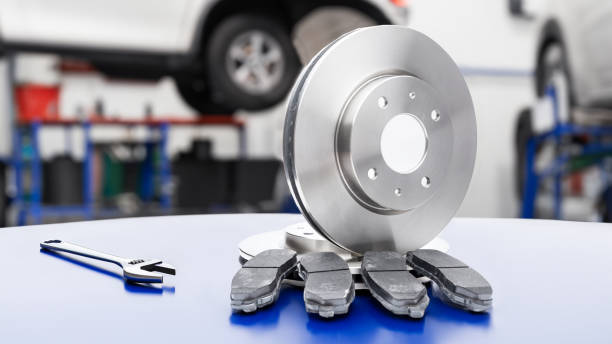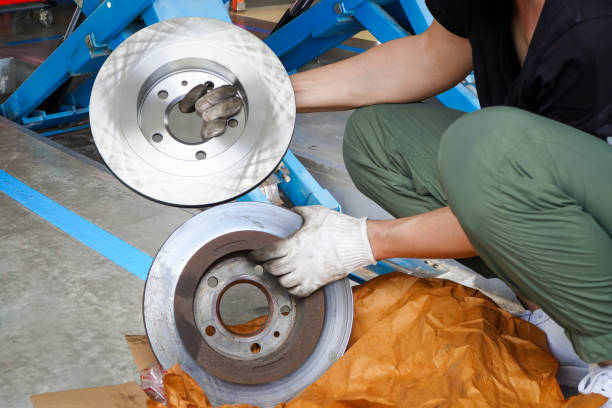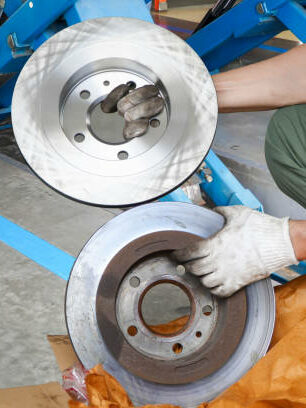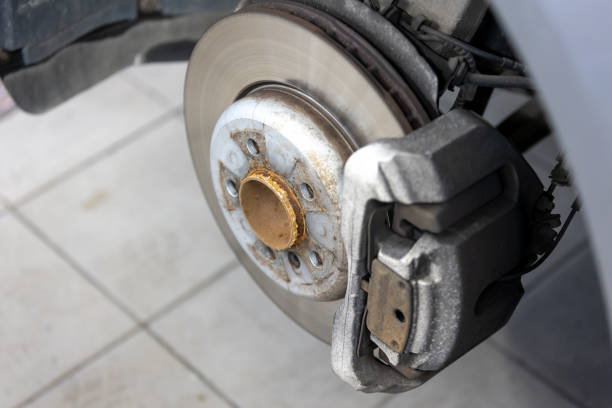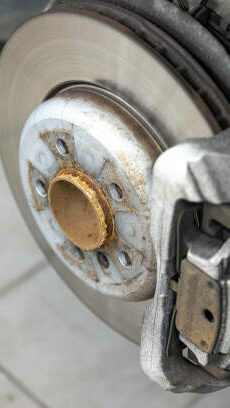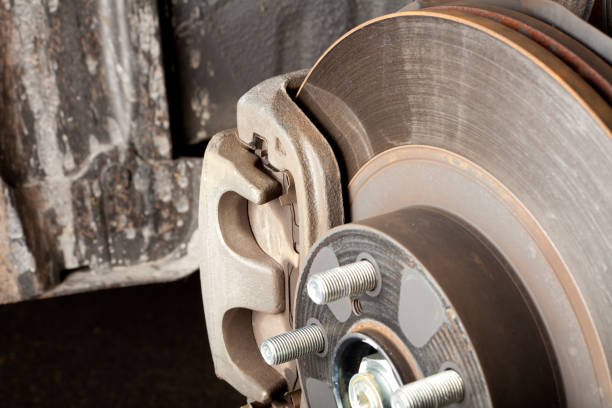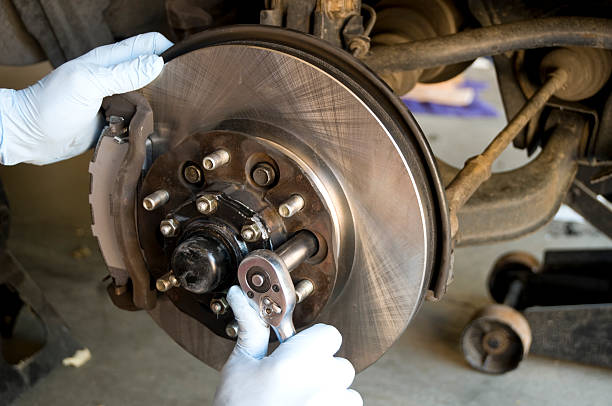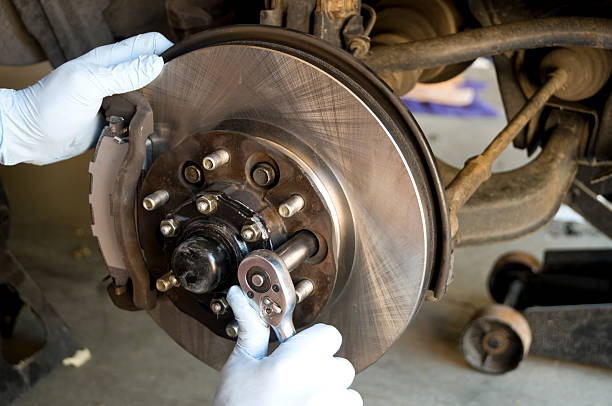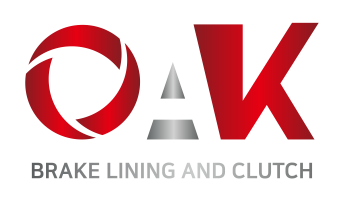What is the Ideal Brake Pad Thickness?
Brake pads are an important part of any vehicle’s braking system, responsible for converting kinetic energy into heat to slow or stop the vehicle. As the brake lining wears, its thickness will decrease. When it wears to a certain thickness, the brake pad needs to be replaced to ensure optimal braking performance and safety. So, many people may be curious, what is the ideal thickness of brake linings? At what point does it wear out before it can no longer be used? In this article, we will solve this problem for you.
Know brake pad thickness
Brake pads consist of friction material bonded to a metal backing plate. When the brake pedal is depressed, the brake pads press against the brake disc, creating friction and slowing the vehicle. However, this friction also causes the brake linings to gradually wear down, causing the thickness to decrease over time.
What is the ideal brake pad thickness?
The ideal thickness of your brake linings depends on a variety of factors, including the type of vehicle, driving habits and conditions, and more. Generally speaking, when you buy new brake linings, the standard thickness is 8-12 mm (½ inch). Over time, as the brake linings engage the wheel rotors, the friction material ages, causing the brake pads to wear out.
Ideally, brake linings should be thicker than 6.4 mm (1/4 inch) to function properly. Most manufacturers recommend replacing them when their minimum thickness reaches about 3 to 4 mm. Many auto mechanics also believe that the minimum thickness of brake linings is 3.2 mm (⅛ inches). If it’s thinner than 3.2mm, then you’re more likely to face brake failure.
We recommend that for your safe driving on the road, we recommend that you consider replacing the brake pads when they are 5 mm, and at least not less than 3.2 mm, which may be dangerous.
What determines the deterioration of brake pads?
The aging of brake linings is affected by a variety of factors, all of which lead to wear and eventual replacement. The extent to which your brake linings wear depends on the type of vehicle you have, the conditions you drive on regularly, and your driving habits.
For example, if you often drive on mountainous roads, rugged roads may require you to frequently apply the brakes. Frequent braking will increase the wear of the brake linings, resulting in the need to replace the brake pads in a shorter period of time. Similarly, people who live in cities will replace their brake pads more frequently than those in suburban areas because driving in cities often encounters commuter traffic that requires a lot of starting and stopping, requiring the brake pedal to be depressed more frequently.
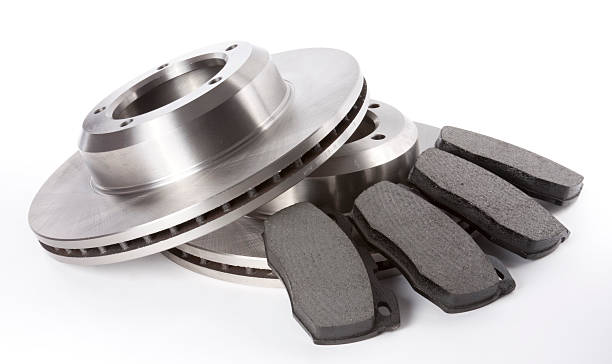
What are the symptoms of thin brake pads?
Recognizing the symptoms of thin brake linings is critical to maintaining vehicle safety and preventing potential brake system failure. If you find that your vehicle has the following problems, it is a reminder that it is time to replace the brake pads.
Squealing or squeaking: One of the most common signs of severely worn brake linings is a high-pitched squealing or squeaking sound when braking. They are usually caused by the wear indicators built into the brake linings, which sound when the pads become too thin.
Increased stopping distance: When your brake linings have been used for a long time you may notice that it takes your vehicle longer to stop, especially during emergency braking situations. That’s because thin brake linings reduce friction material, resulting in less effective braking.
·Dashboard warning light illuminates: Some modern vehicles are equipped with brake pad wear sensors that monitor the thickness of the brake pads. When your dashboard warning light comes on, it’s time to replace your brake linings.
